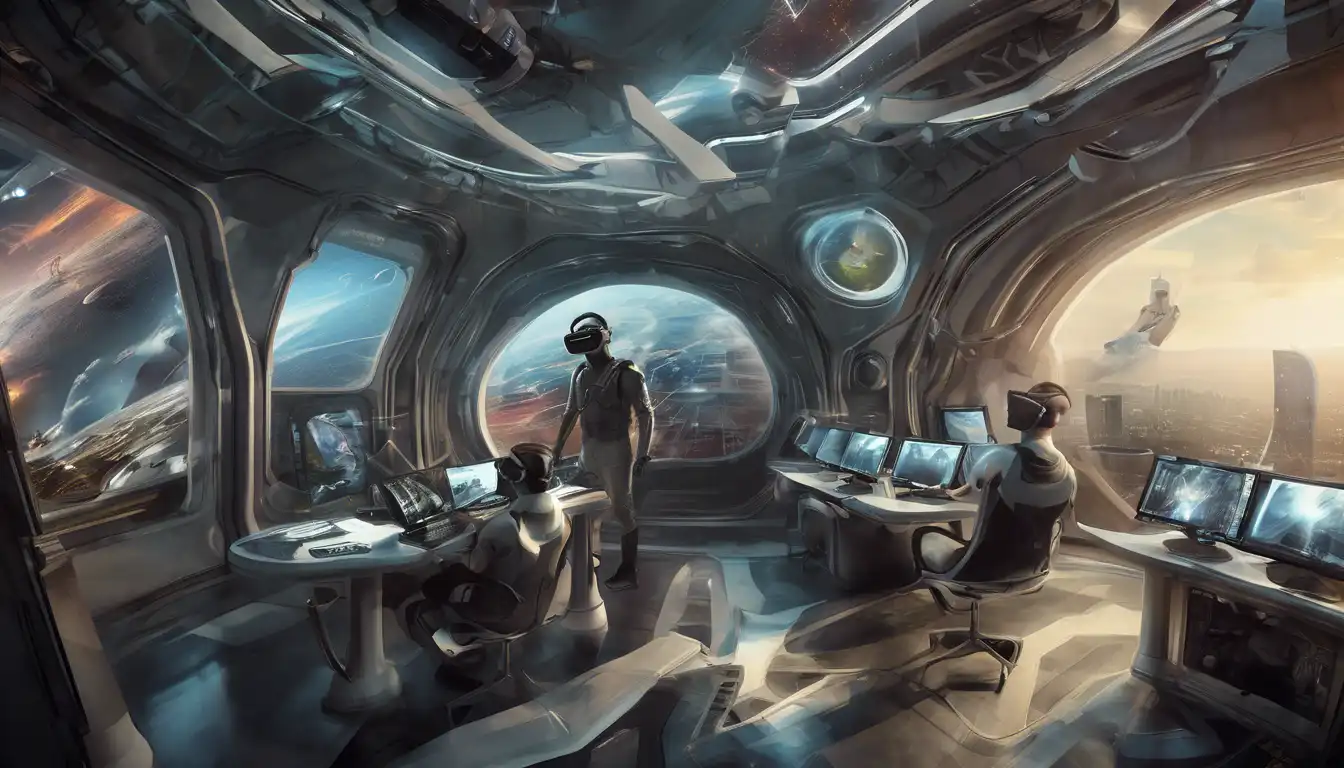Introduction to Virtual Reality
Virtual Reality (VR) is rapidly becoming one of the most exciting areas in technology today. With its ability to immerse users in a completely digital environment, VR is setting the stage for a revolution in how we interact with digital content. From gaming and entertainment to education and healthcare, the potential applications of VR are vast and varied.
The Evolution of Virtual Reality
The concept of VR isn't new, but recent advancements in technology have made it more accessible and realistic than ever before. Early iterations of VR were bulky and expensive, limiting their use to specialized fields. Today, however, VR headsets are becoming more affordable and user-friendly, opening up a world of possibilities for consumers and businesses alike.
Applications of Virtual Reality
VR technology is being adopted across a wide range of industries. In the gaming sector, VR offers an unparalleled immersive experience, allowing players to step inside their favorite games. Beyond entertainment, VR is making waves in education by providing students with interactive learning experiences. Healthcare professionals are using VR for everything from surgical training to patient therapy, demonstrating the technology's versatility.
The Future of Virtual Reality
As VR technology continues to evolve, its impact on society is expected to grow exponentially. Innovations in haptic feedback and motion tracking are making virtual environments more realistic, while advancements in AI are enabling more interactive and responsive experiences. The integration of VR with other technologies, such as augmented reality (AR) and the Internet of Things (IoT), promises to unlock even more possibilities.
Challenges and Considerations
Despite its potential, VR faces several challenges. Issues such as motion sickness, high costs, and the need for powerful hardware can hinder widespread adoption. Additionally, there are concerns about privacy and the psychological effects of prolonged VR use. Addressing these challenges will be crucial for the future success of VR technology.
Conclusion
Virtual Reality represents a significant leap forward in how we interact with technology. With its ability to create immersive, interactive experiences, VR has the potential to transform industries and change the way we live, work, and play. As technology continues to advance, the possibilities for VR are limited only by our imagination.
For more insights into the latest tech trends, check out our articles on Tech Trends and Digital Innovation.
